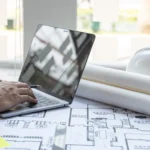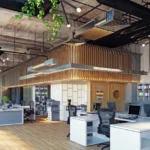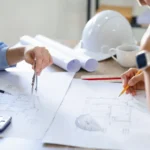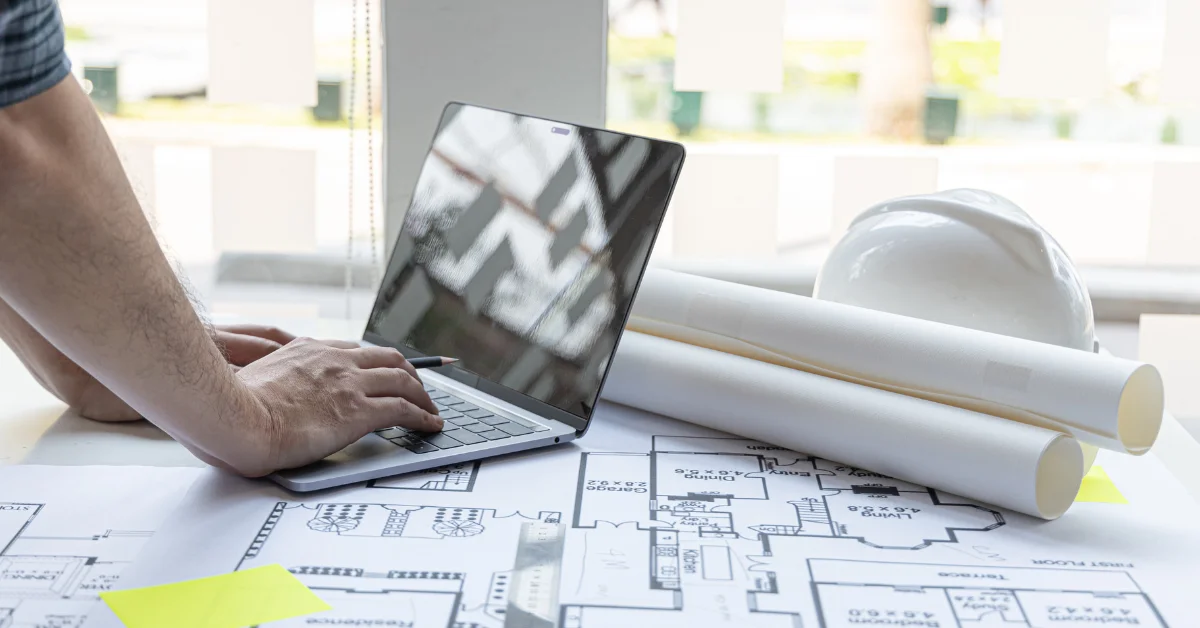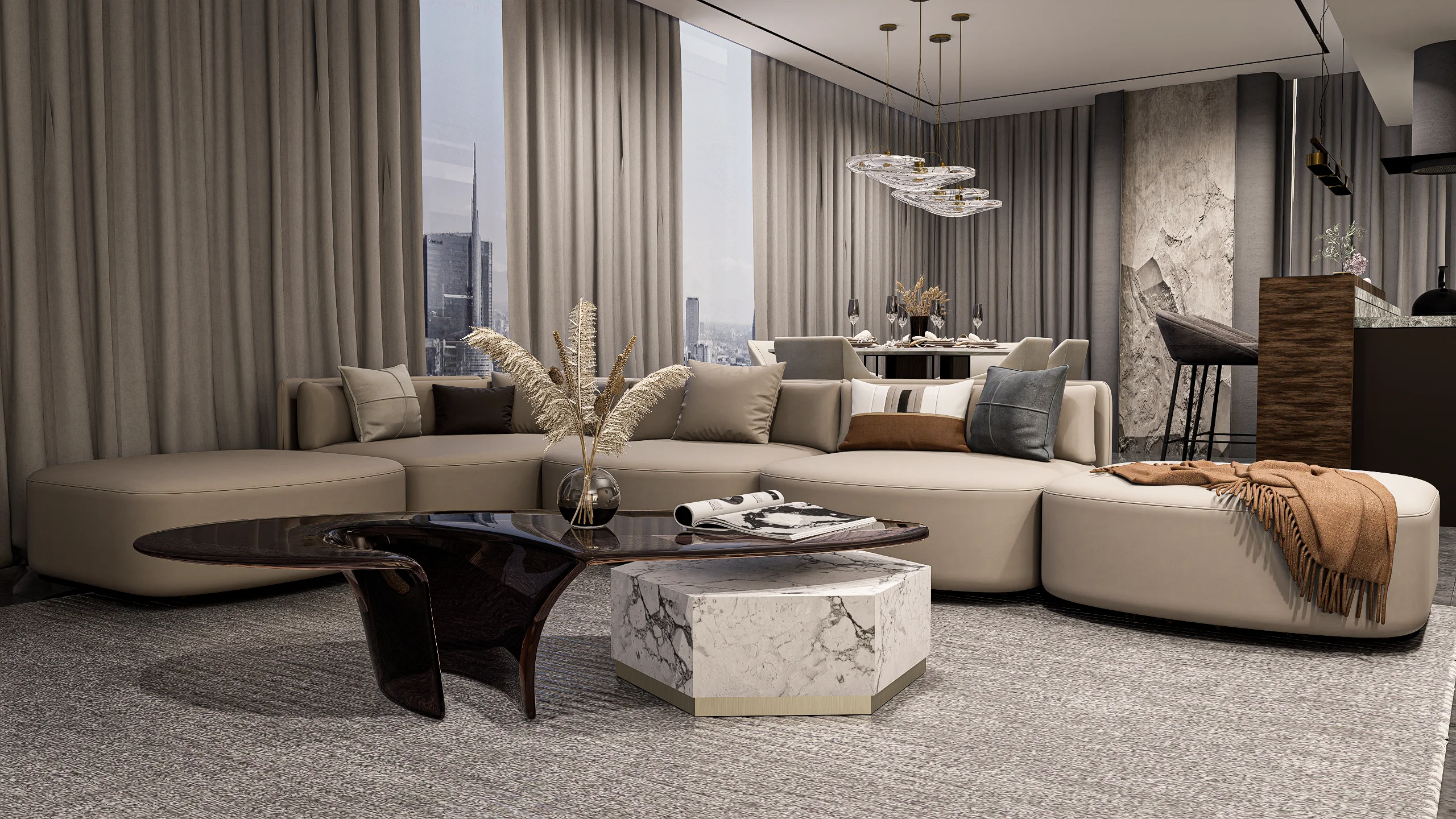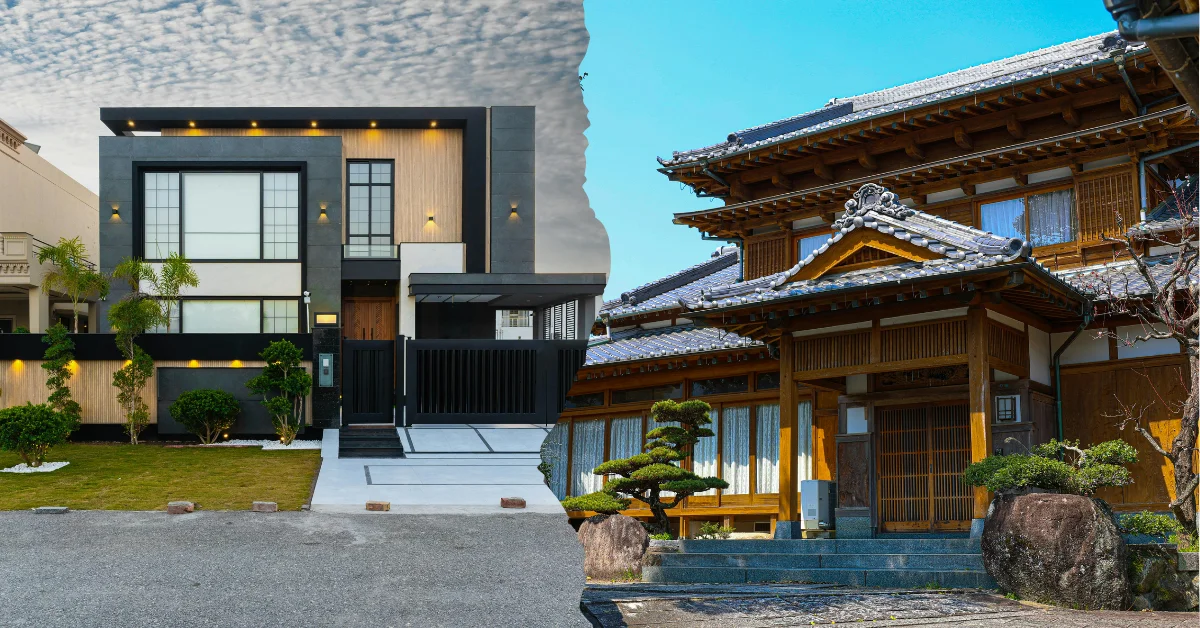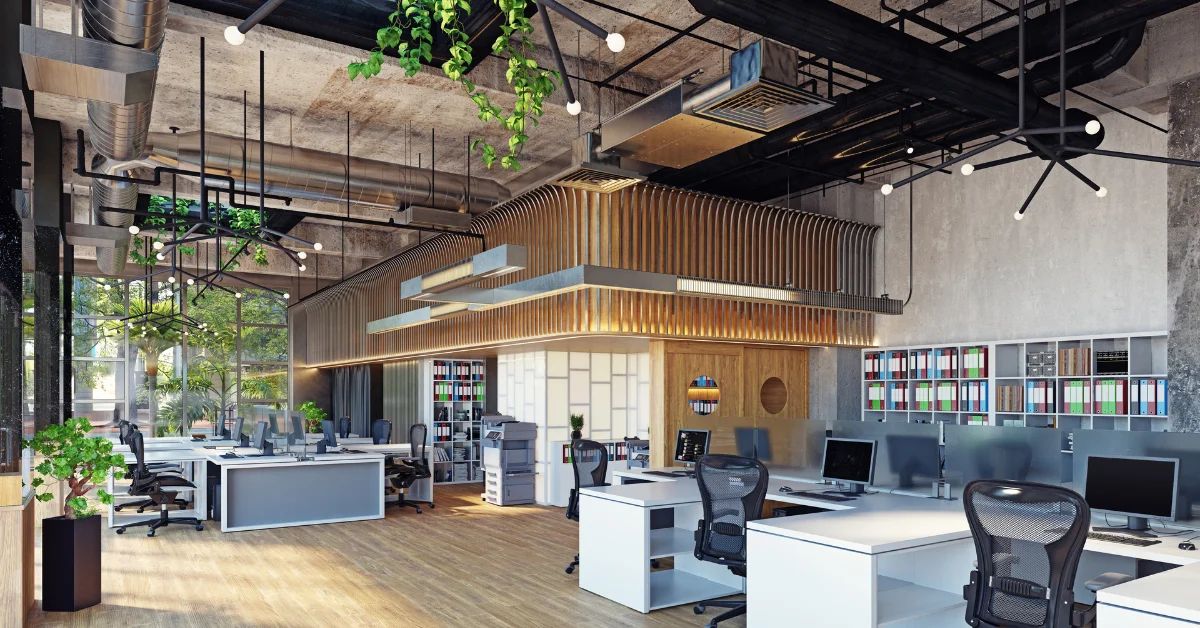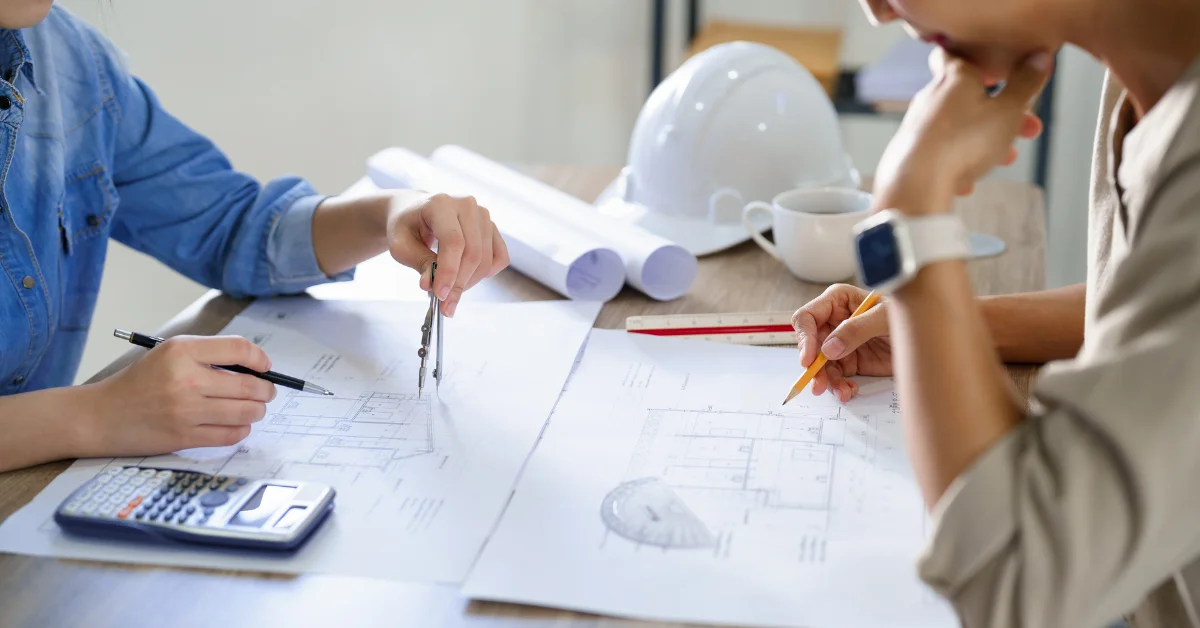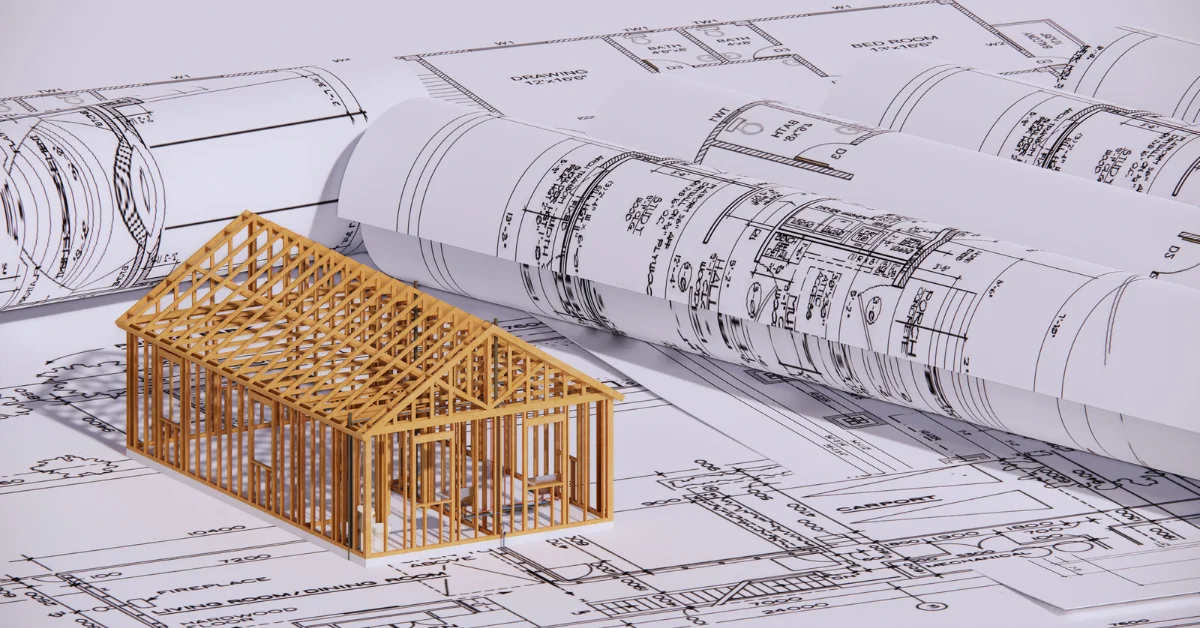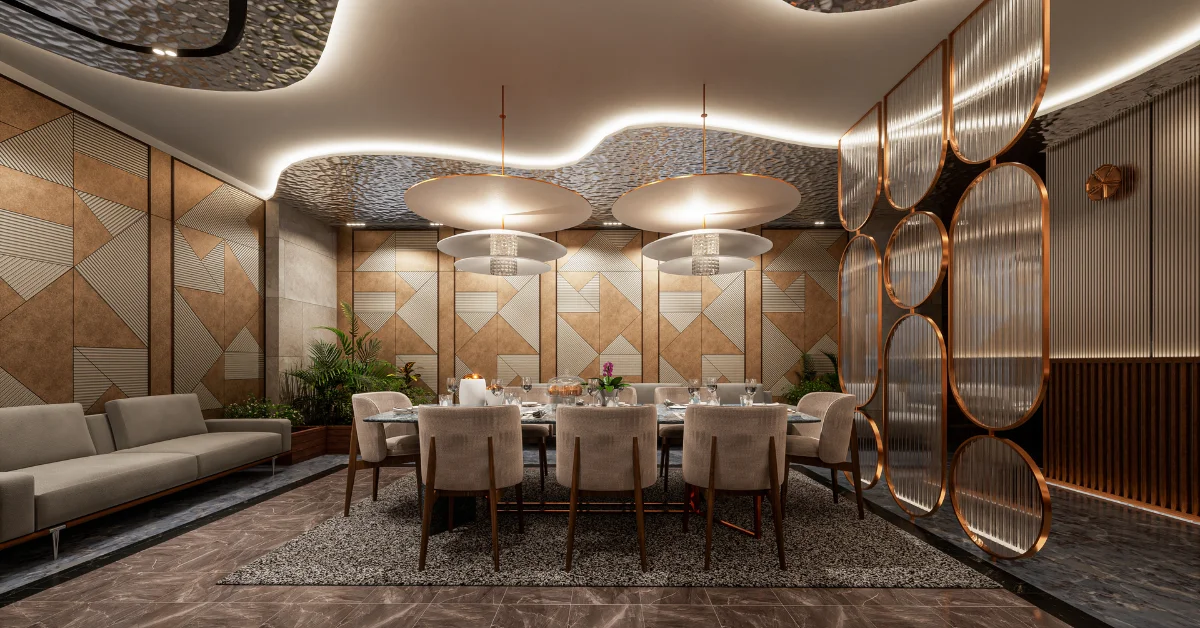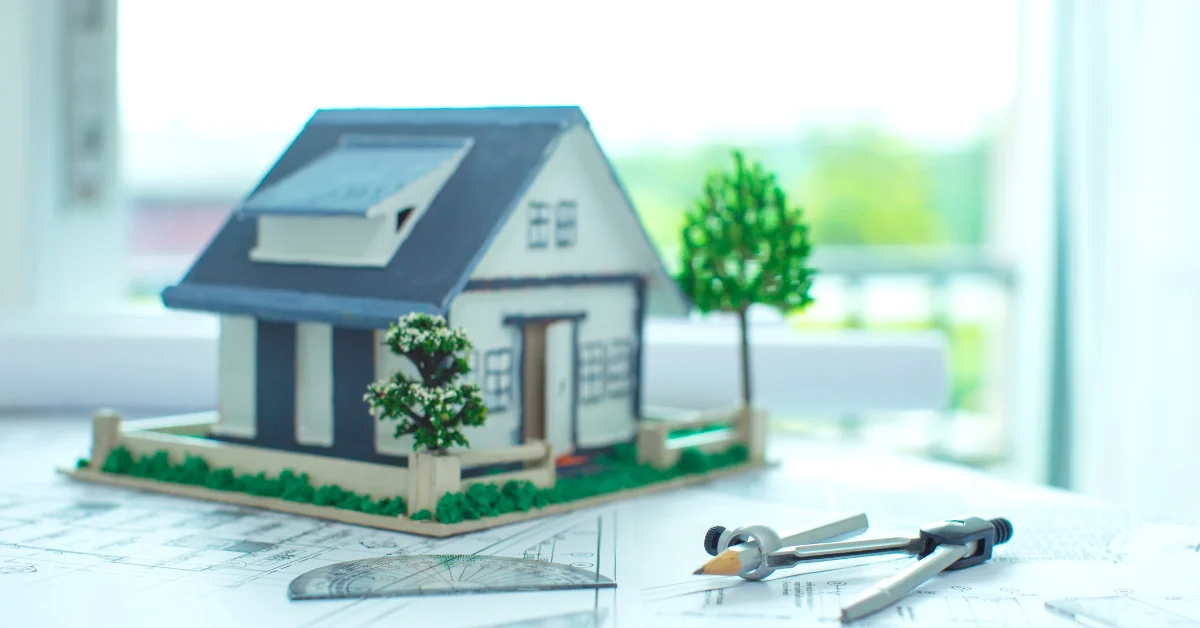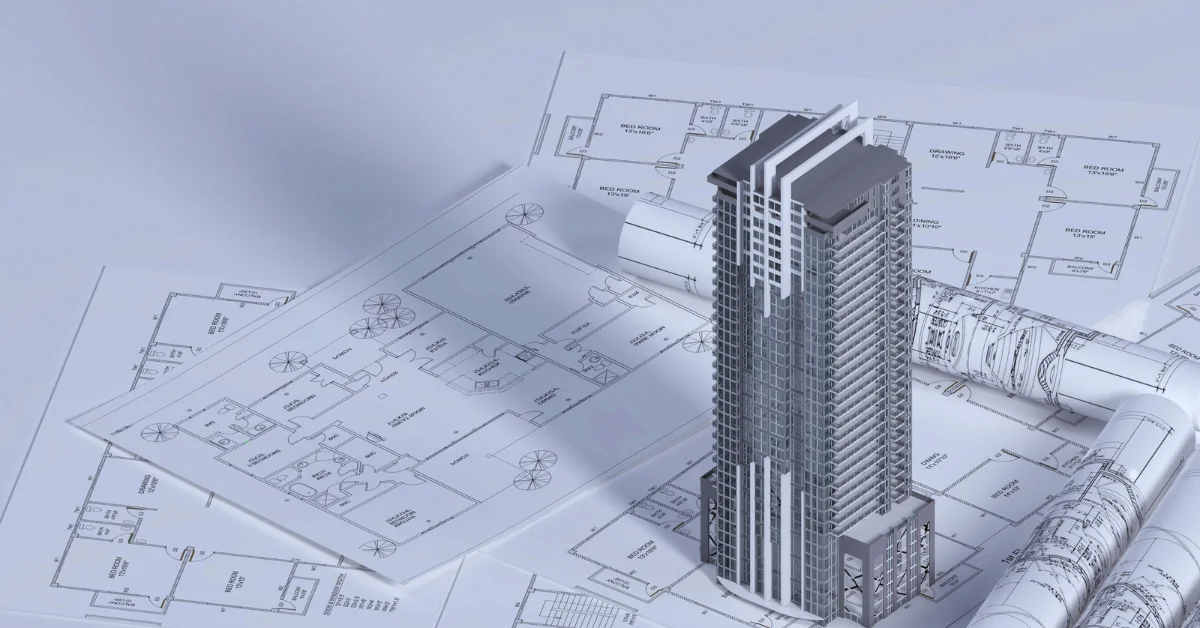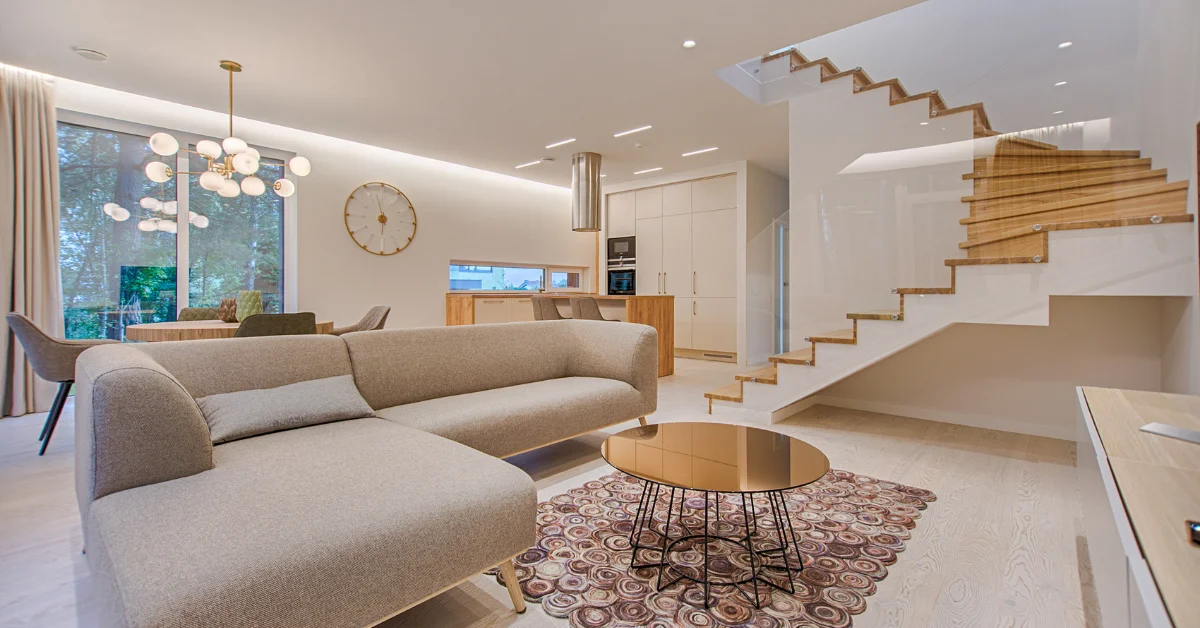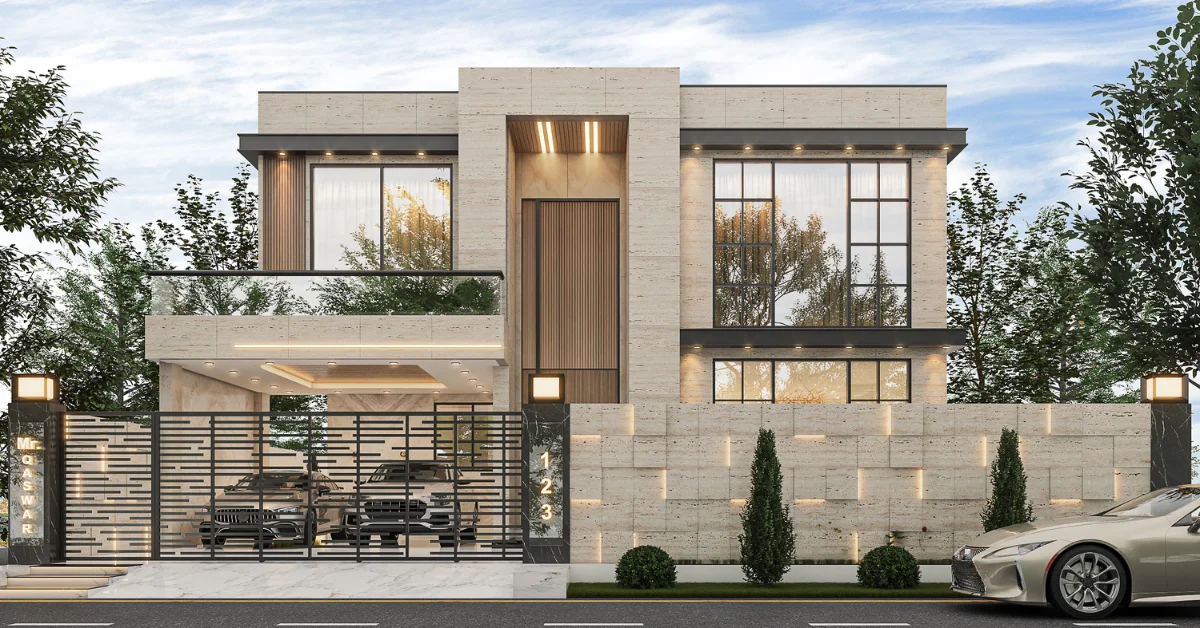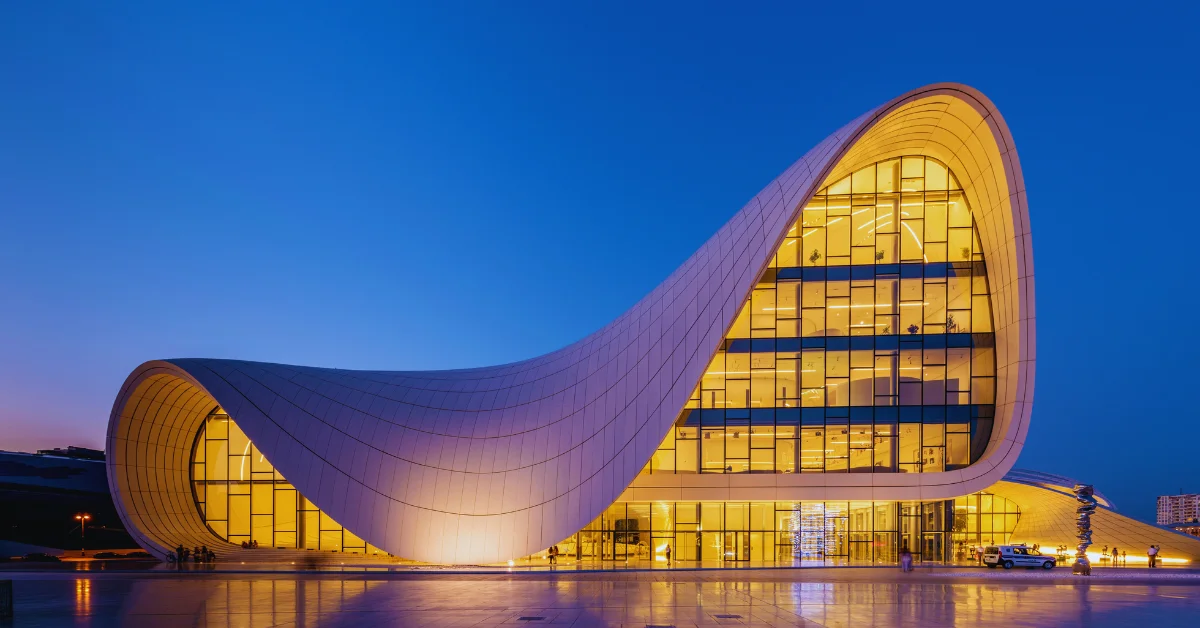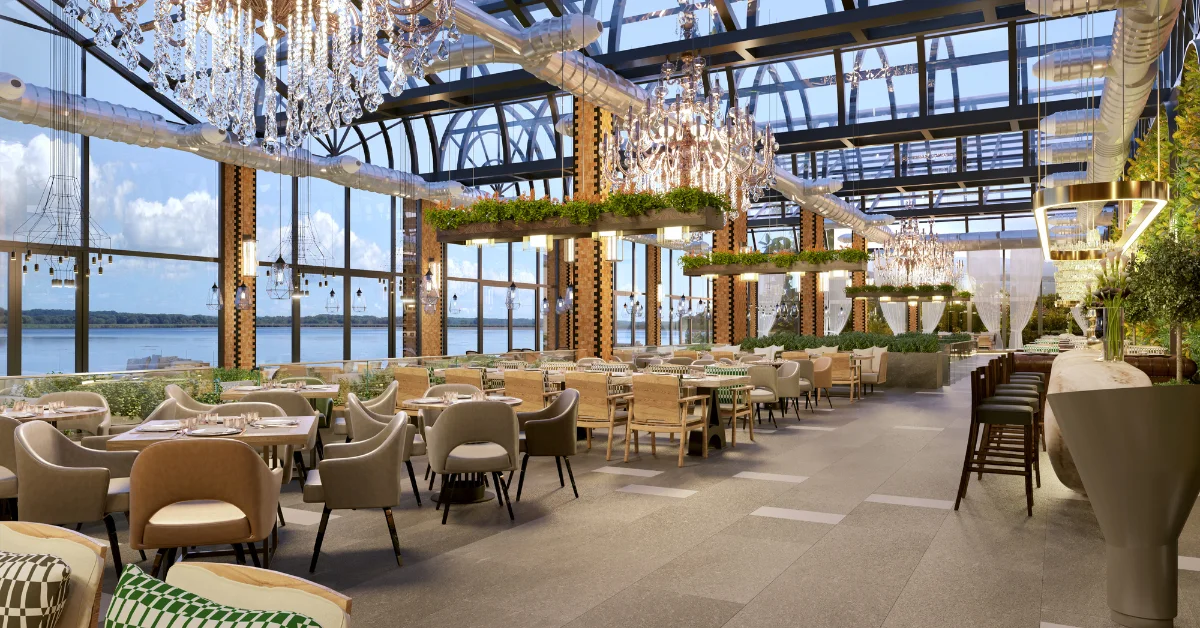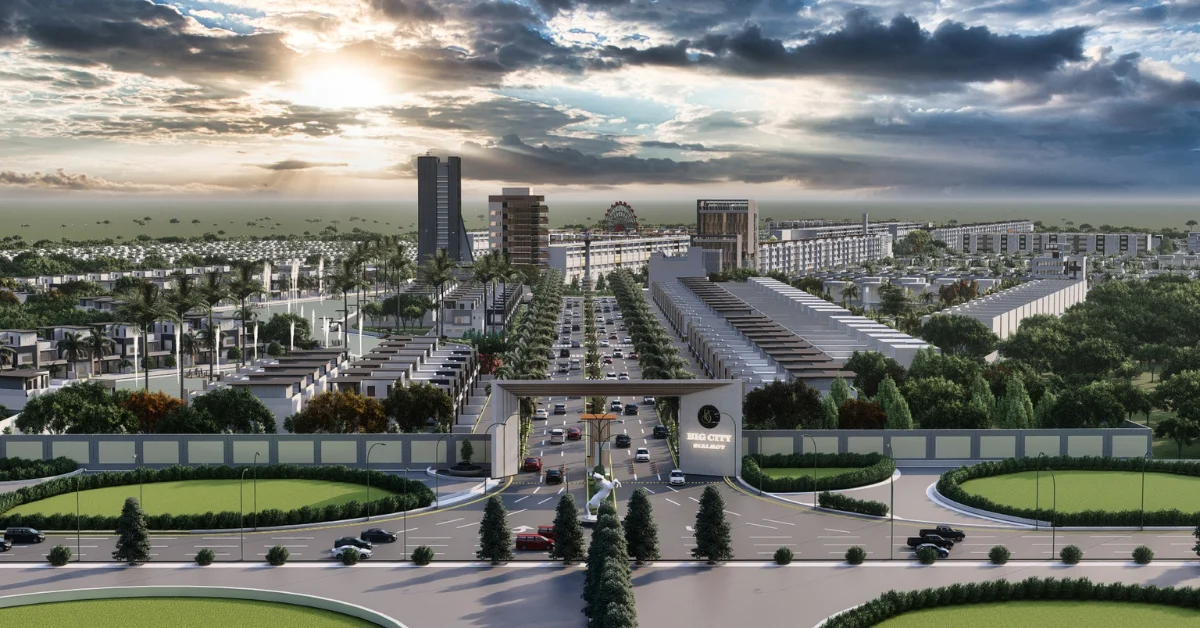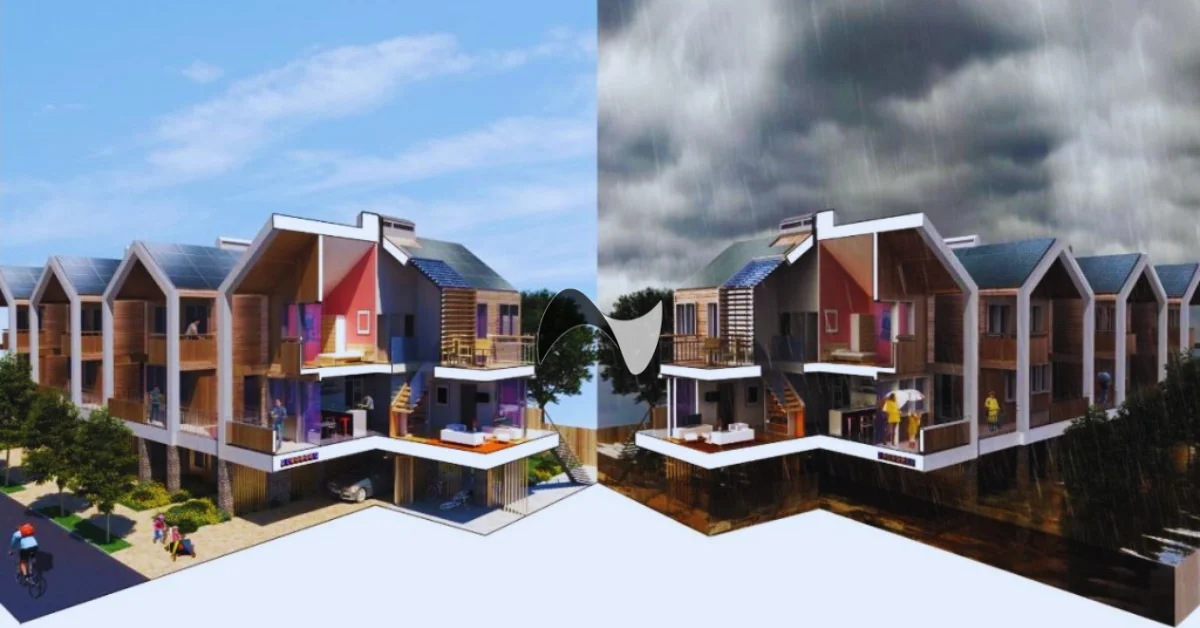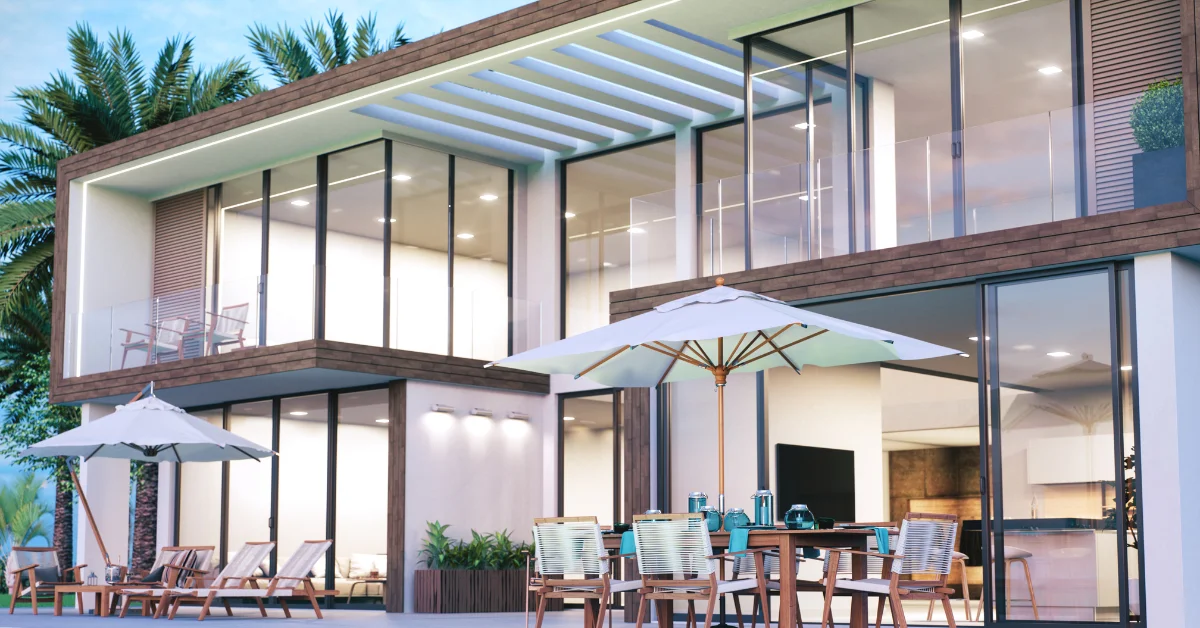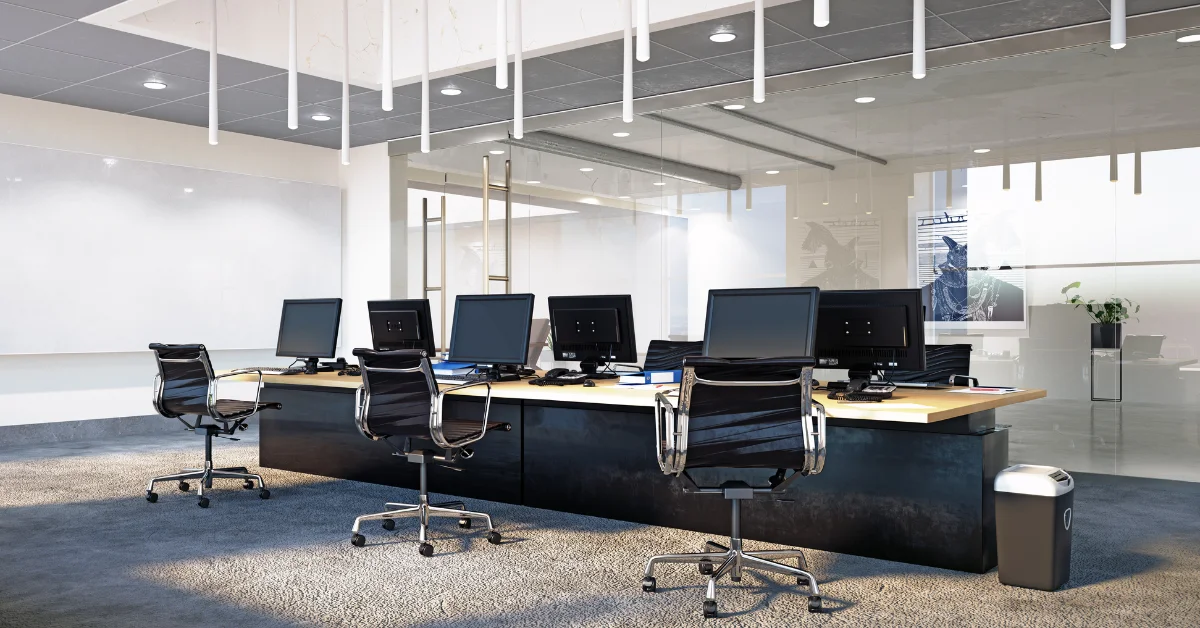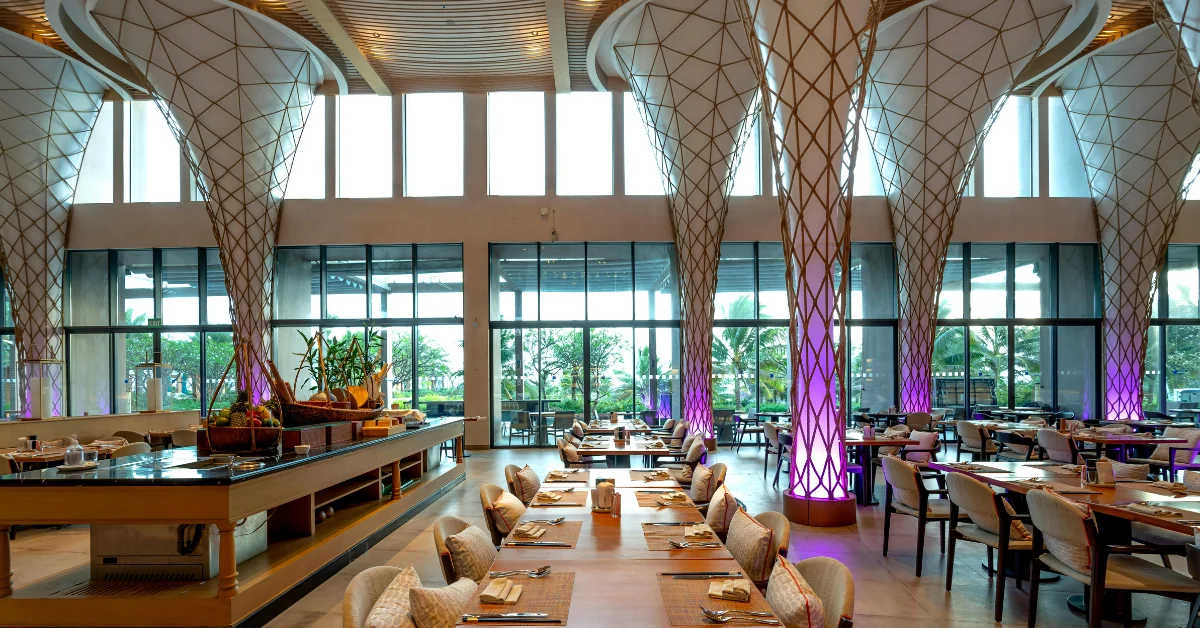Every dream home, office, or commercial space begins with a vision. But how does that vision transform into a structure you can walk through, live in, or work in every day? The answer lies in the architectural design process. This step-by-step journey is the bridge between imagination and reality, where ideas evolve into tangible spaces that reflect lifestyle, functionality, and beauty.
In this article, we’ll walk you through the entire process, from the first sketch to the final handover. Whether you’re researching architecture firms or designers, this guide will help you understand how great architecture comes to life.
Why Understanding the Architectural Design Process Matters
Most people see the final structure but don’t realize the thoughtful steps that go into it. Knowing the architectural design process gives you clarity, helps set realistic expectations, and ensures smoother collaboration with your chosen architectural designer in Lahore or anywhere else in the Pakistan.
When clients understand each stage—whether it’s consultation, site analysis, or final finishing—they feel more confident and engaged in the journey. It eliminates confusion, avoids unnecessary delays, and builds trust between architects and clients. Imagine planning a trip without a map; the process works as that roadmap for your project. By appreciating the steps, you not only save time and money but also ensure the result truly reflects your vision.
Step 1: Initial Consultation & Client Vision
Listening to Needs & Lifestyle
The process always begins with a conversation. Architects sit down with clients to learn about their lifestyle, preferences, and goals. Do you want a family home filled with natural light? Or a commercial building that reflects professionalism and efficiency? These answers shape the foundation.
Setting Project Goals
Here, the scope, budget, and timeline are outlined. Establishing these early prevents confusion later and aligns the architect’s direction with the client’s vision.
Step 2: Site Analysis & Feasibility
Understanding Location & Constraints
Every piece of land tells a story. Site visits help architects understand orientation, sunlight, soil conditions, and access points—essential factors in the architectural design process. Beyond just the physical aspects, the surrounding neighborhood, climate conditions, and natural features also play a big role in shaping the design.
A well-thought-out analysis ensures the building uses natural light effectively, remains energy efficient, and blends seamlessly with its environment. For example, a residential project facing west may require shading strategies, while a commercial site in a busy area might need smart entry and exit planning. This careful study prevents future issues and ensures the architectural design is practical, sustainable, and perfectly suited to its location.
Legal & Budget Considerations
Feasibility studies include zoning laws, construction limitations, and budget ranges. Skipping this step can lead to costly surprises. During this phase, architects also evaluate:
- Zoning regulations – to determine what kind of structures are legally permitted.
- Setback requirements – ensuring the building’s distance from roads and neighboring plots.
- Height and density rules – to avoid conflicts with local development authorities.
- Budget forecasting – making sure design aspirations align with financial capacity.
By addressing these early, both clients and architects stay on the same page. A realistic budget and a clear understanding of restrictions create a smoother path forward, ensuring no unpleasant legal or financial roadblocks appear once construction begins.
Step 3: Conceptual Sketches & Brainstorming
Visualizing Early Ideas
This is where imagination meets paper. Architects create rough sketches, offering a glimpse of what the project might look like. These early drawings allow both the client and architect to explore possibilities without major commitments. It’s a creative stage where new ideas are welcomed, refined, and shaped into a vision that can later be developed further.
Exploring Modern Architectural Designs
From sleek minimalist concepts to bold, artistic statements, architects brainstorm multiple directions. For example, in Lahore, modern architectural designs are increasingly popular for both houses and commercial spaces. At this stage, clients are introduced to diverse styles, layouts, and features, giving them options to choose from while ensuring the design reflects both their taste and functionality.
👉 Read More: Traditional vs. Modern Home Designs: Which is Right for You?
Step 4: Developing Detailed Architectural Designs
Floor Plans & Layouts
After approval of sketches, detailed plans are drafted. Floor layouts show room arrangements, circulation, and functionality. This stage transforms rough sketches into a clear, organized blueprint that guides the entire project. It helps clients visualize how each space connects, ensuring comfort and practicality. Proper layouts also improve energy efficiency, lighting, and airflow—key elements that make both residential and commercial projects more sustainable and user-friendly.
3D Models & Interior Architecture Concepts
3D visualization tools allow clients to “walk through” their future homes or offices digitally. Interior elements like lighting, furniture placement, and finishes are integrated to ensure harmony between inside and outside spaces. At this stage, clients benefit from:
- Realistic 3D renders showcasing the final look.
- Interior architecture concepts tailored to lifestyle needs.
- Clearer understanding of proportions, textures, and materials.
- The ability to make changes before construction begins.
Step 5: Refining the Architecture Portfolio
Reviewing Options with Clients
At this stage, clients are shown refined versions of the design, sometimes with multiple variations. This helps them choose the option that best fits their needs. The review process is highly collaborative—clients can compare plans, elevations, and design alternatives side by side. Feedback is encouraged, and architects make adjustments to align the project perfectly with the client’s expectations. This ensures that before moving into technical details, every aspect of the design feels right. The goal is to strike a balance between creativity, comfort, and practicality, giving clients confidence in the path forward.
Aligning with Architectural Services Standards
Every design is checked against local and international standards to ensure safety, sustainability, and long-term usability. This includes verifying that structural integrity, ventilation, and accessibility meet professional benchmarks. Architects like Pavilion Design Consultants also evaluate how well the design complies with environmental practices, ensuring energy efficiency and reduced waste. By aligning with architectural services standards, clients not only get aesthetically pleasing designs but also durable and functional structures that stand the test of time. This rigorous stage safeguards the project from future complications and assures clients that their investment meets all professional and regulatory expectations.
Step 6: Technical Drawings & Documentation
This phase includes detailed technical drawings—everything from foundations and beams to wiring and plumbing. These documents guide contractors and engineers during construction, leaving no room for guesswork. They act as a universal language between the design team and the builders, ensuring that every aspect of the project is carried out exactly as planned. Accurate drawings save time, minimize errors, and reduce costly on-site adjustments.
The architectural design process also ensures that every drawing adheres to local building regulations to avoid legal complications. Compliance with safety codes, fire protection systems, and structural standards is double-checked before moving forward. Documentation becomes the backbone of the project, offering clarity, accountability, and a smooth path from design to execution.
Step 7: Cost Estimation & Material Selection
Material selection plays a huge role in durability and sustainability. Clients are guided toward eco-friendly and cost-effective solutions that match the design vision. At the same time, a transparent cost estimation is prepared, ensuring no hidden surprises later in the project. This phase balances quality with budget and gives clients clear choices.
Key considerations include:
- Selecting materials that enhance aesthetics and long-term performance.
- Comparing local and imported options for affordability.
- Ensuring energy efficiency through smart material choices.
- Providing a detailed cost breakdown for transparency.
This step ensures the design remains practical, beautiful, and within budget.
Step 8: Collaboration with Other Experts
Engineers & Contractors
The design process involves teamwork. Structural engineers, contractors, and consultants collaborate to ensure the design is practical and achievable. Their input helps refine technical details, manage site challenges, and ensure construction follows the planned specifications. This collaboration also reduces risks, improves efficiency, and guarantees the project’s structural integrity while keeping it aligned with the client’s expectations and budget.
Interior Designers & Specialists
For interior spaces, specialists bring creativity that elevates the project—be it luxury, minimalism, or cultural themes. Interior designers work alongside architects to refine layouts, lighting, color schemes, and finishes, making spaces more functional and aesthetically pleasing. Collaborating with these experts ensures every element complements the design, creating environments that are not only visually striking but also comfortable and practical for daily use.
Step 9: Approval & Permits
Architects prepare and submit all required documents to get permits. Without approvals, construction cannot move forward legally. This stage includes submitting technical drawings, compliance reports, and necessary applications to the local development authorities. It ensures that the project respects zoning laws, safety regulations, and building codes, avoiding costly delays later.
With professional support, this step becomes hassle-free for clients. Architects act as representatives, handling paperwork, communicating with officials, and addressing any queries raised by authorities. By managing this process, architects remove stress from clients and ensure a smooth transition from the design table to the construction site.
Step 10: Construction Phase & Supervision
Once construction begins, the architect’s job shifts to supervision, ensuring contractors follow the approved design and maintain quality standards. Regular site visits allow architects to address issues quickly, preventing costly mistakes and delays.
During supervision, architects focus on:
- Monitoring structural accuracy.
- Ensuring material quality.
- Coordinating with contractors and workers.
- Checking progress against timelines.
This phase guarantees that every commercial or residential project remains faithful to the original vision while meeting safety and durability requirements.
👉 Check Our Construction Consultancy Projects
Step 11: Interior Architecture & Finishing Touches
Interior design is about more than paint and furniture. It’s about creating spaces that reflect personality while staying practical. Every best architect collaborates with an experienced interior designer to ensure every detail—lighting, flooring, furniture placement, and textures—works together seamlessly. This stage transforms the structure into a warm, livable environment where functionality meets beauty. By blending aesthetics with comfort, the finishing touches make the building truly feel complete and ready for everyday life.
Step 12: Handover & Post-Construction Services
Clients are invited for a final walkthrough where the entire project is inspected carefully. Any last-minute adjustments or minor refinements are addressed to ensure everything matches the agreed design and quality standards. This moment is both exciting and reassuring, as clients finally see their vision fully realized.
Even after handover, architects continue to provide support through post-construction services. This may include guidance on maintenance, warranty details, or addressing any small issues that arise after use. Such ongoing involvement builds trust and ensures long-term client satisfaction.
Why Choose Pavilion Design Consultants for Your Next Project
Pavilion Design Consultants has built a strong reputation as a trusted architectural firm in Lahore, delivering high-quality architectural solutions that blend creativity with practicality. With years of expertise, we have successfully managed both residential and commercial projects, ensuring each design reflects modern aesthetics, local culture, and the client’s unique vision. Our professional approach, attention to detail, and commitment to sustainable practices set us apart from other architects in Lahore. Whether you’re planning a contemporary home or a large-scale development, PDC ensures your investment results in a space that is timeless, functional, and beautifully designed.
Conclusion
The architectural design process is not just about drawings and blueprints—it’s about storytelling through structures. Each step, from consultation to finishing touches, ensures that your vision is transformed into a space that reflects your lifestyle and needs. If you’re looking for expert guidance from the best architects in Lahore, Pavilion Design Consultants is here to bring your dream project to life with precision and passion.
Call now & schedule your appointment!
FAQs
What is the architectural design process in simple terms?
It’s the step-by-step method architects use to take an idea from a sketch to a fully built structure.
How long does the architectural design process take?
The timeline varies depending on project size and complexity, typically spanning several weeks to months before construction begins.
Do I need an architect for small house projects?
Yes, even small projects benefit from professional architectural services to ensure safety, functionality, and aesthetics.
What makes Pavilion Design Consultants different?
They combine creativity with technical expertise, offering modern solutions that ensure your project stays within budget and adheres to regulations.



